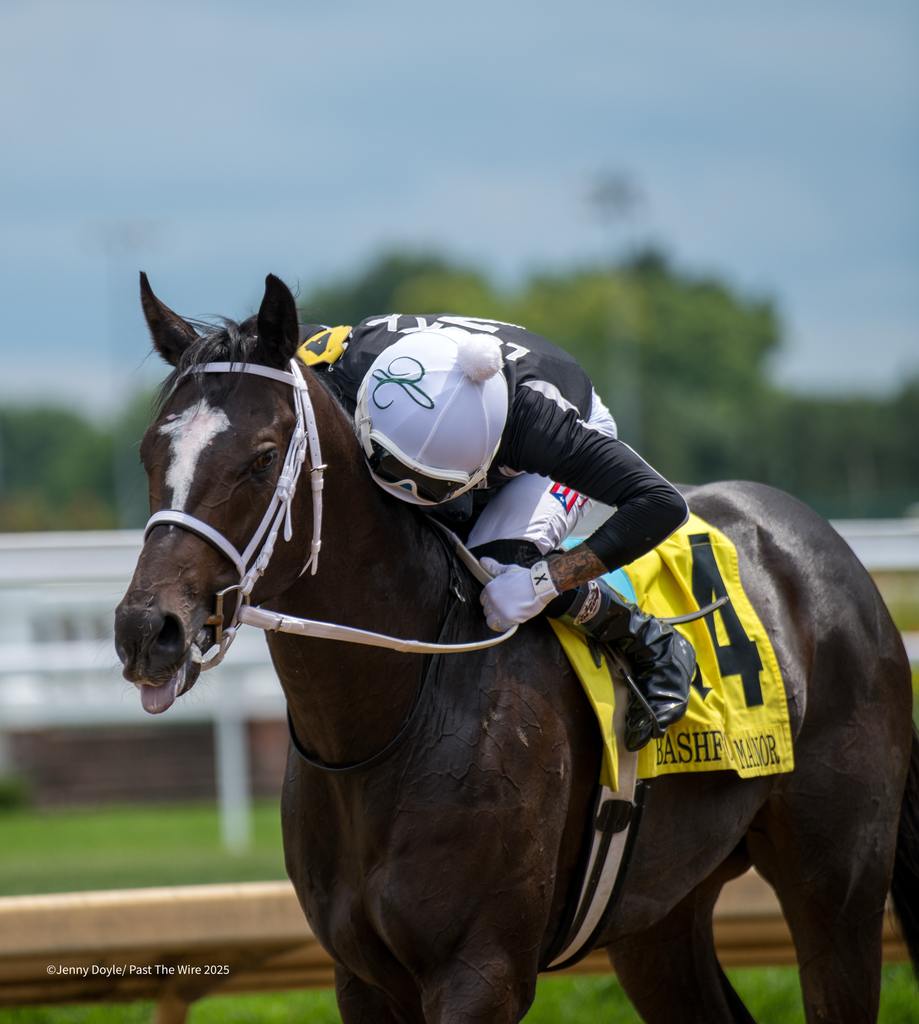
How Top Racehorses Bounce Back from Injury
Injuries in horse racing aren’t rare—they’re part of the game. From tendon tweaks and stress fractures to the everyday wear and tear of training, even the most promising careers can hit a pause. But in today’s world of advanced equine medicine and smart rehabilitation, a setback doesn’t have to spell the end. In fact, for many top-tier horses, it’s just another challenge on the road to greatness.
Comebacks are no longer a roll of the dice. They’re carefully mapped out, monitored by experts, and backed by cutting-edge tech. And for punters keeping an eye on returning stars there’s real value to be found in spotting which horses are ready to pick up where they left off.
Getting the Diagnosis Right
The road to recovery starts with pinpointing the problem. These days, that’s done with far more precision than ever before. High-def ultrasound, digital X-rays, even MRI scans are standard at elite training centres and equine hospitals.
It’s not just about identifying the injury—it’s about understanding the surrounding tissue, the risk factors, and what the healing timeline really looks like. A slight strain might call for a few weeks off. A stress fracture? You’re looking at many months of rest and rebuild.
Some yards even catch issues before they fully develop. A subtle change in stride, a slower heart-rate recovery, or stiffness after a gallop can all signal that something’s brewing beneath the surface.
Rehab Fit for Champions
Rest is part of recovery, but it’s rarely the whole plan. At top stables, rehabilitation is active and deliberate.
Water treadmills and swimming pools let horses build muscle without putting pressure on sore limbs. Cold saltwater spas, laser therapy, and shockwave treatments help reduce inflammation and speed up healing. In some cases, horses even get custom physio sessions and stretching routines, just like human athletes.
Trainers like John Gosden and Nicky Henderson have emphasized how critical it is to treat the horse, not just the injury. That means keeping their minds healthy too. A horse that’s mentally settled is far more likely to come back strong.
Retraining, Step by Step
Once the green light comes from the vet, it’s time to slowly crank the gears back into motion. The process is steady—road work, gentle cantering, and eventually, galloping again. Pushing too hard, too fast, is the easiest way to end up back at square one.
Wearable trackers keep a close eye on performance, tracking speed, stride, and how well the horse recovers after each effort. That data helps trainers spot early warning signs and tailor workouts to suit each horse. Some come back better than ever. Others might need to adjust—maybe a new trip, or even a change in code from flat to jumps or vice versa.
Confidence is Key
Horses remember things. If the injury happened in a race, the return can come with baggage—uncertainty, hesitation, even fear. That’s where experienced grooms and calm handling play a huge role.
Some horses benefit from schooling next to a familiar companion. Others need quiet trips to the racecourse just to soak up the sights and sounds again. The more predictable and comforting the environment, the smoother the comeback tends to be.
Betting on the Bounce Back
Comeback stories don’t just pull on the heartstrings—they catch the eye of savvy punters too. A well-bred runner returning from a layoff might be overlooked in the market, especially in a low-key race. But those in the know are watching gallop reports, whispers from the yard, and signs of solid prep work.
That’s why seasoned bettors often browse the top 20 betting sites in the UK—not just for the best odds, but for place terms, early moves, and enhanced markets tied to returning stars.
We’ve seen it play out plenty of times: a horse like Constitution Hill or Palace Pier steps back onto the track after a spell, and—bang—they’re back in the winner’s circle. And for those who spotted the signs early? There’s nothing sweeter.
Comebacks That Stick With Us
There’s just something special about a comeback. In a sport built on both grace and grit, few things are more inspiring than a horse overcoming setbacks and showing the world what they’re made of.
Whether it’s a sprinter regaining their edge or a chaser learning to trust their legs again, every return is a testament to smart care, patient training, and a whole lot of heart.
For fans and punters alike, watching these journeys unfold—and maybe cashing in on one along the way—is part of what makes racing so endlessly compelling.



